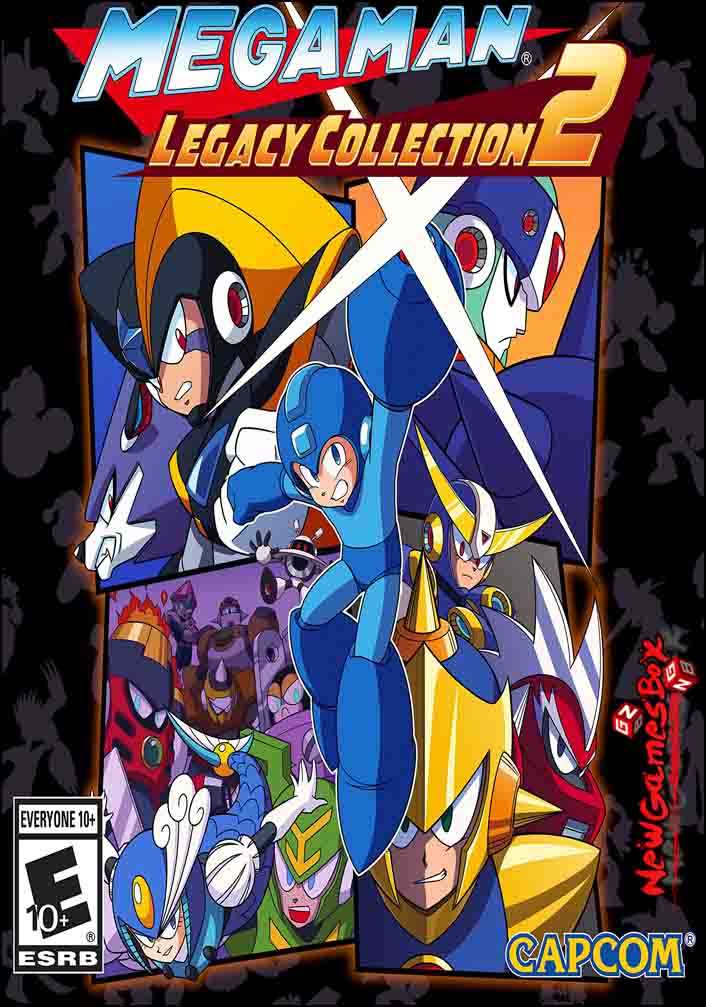

It picks up the pace a bit with an awesome auto-fire attachment, and the 32-bit art is straight out of Capcom’s golden era of fighting games. Mega Man 8 PlayStation’s Mega Man 8 has aged surprisingly well. IGN reviewed Mega Man 7 retroactively in 2008. However, it’s worth playing for the colorful, 16-bit sprites, like this huge polar bear that slaps ice at you. Jumps and dodging feel all wrong, and waiting for the charge shot slows things down even more. Unlike the twitchy platforming of previous games, the SNES sequel is slow and clunky. Here’s a quick take on each game in Mega Man Legacy Collection 2: Mega Man 7 Mega Man 7 is the weakest game of the bunch. You can save your game and return to a few pre-determined spots in each level, and turn on an easier "Legacy Mode" that gives you a few more hits per level, but together are still an inadequate substitute. Mega Man Legacy Collection 2 doesn’t include either, and they’re sorely missed.

In the first first Mega Man Legacy collection that challenge was made a little more forgiving for modern audiences with a “save anywhere” feature, and others, like the Disney Afternoon Collection include a handy instant rewind. That’s welcome for old-school fans like me, but Legacy Collection 2 lacks some now-expected features to make it more accessible for modern audiences. In fact, they’re some of the hardest Mega Man games ever made. What links these Mega Man games together, aside from their kooky robot cast and sequential numbering, is their unrelenting, old-school difficulty. The selection of games in Mega Man Legacy Collection 2 is slim: this package only includes four Mega Man games, the DLC for Mega Man 9 and 10, a concept art gallery, and a handful of brand new, remixed stages and boss rush challenges.


 0 kommentar(er)
0 kommentar(er)
